Haïti : Le département du Centre, l’un des départements les plus résistants aux séismes naturels
Le département du Centre, communément appelé Plateau Central, est l’un des dix (10) départements d’Haïti les plus solides face à certains phénomènes naturels.
Avant de devenir l’un des dix (10) départements d’Haïti, le département du Centre faisait partie du Grand Nord. Il est réputé pour ses paysages naturels, son climat de biosphère et sa résistance face à certains phénomènes naturels.
Voir Aussi
Outre ses productions naturelles telles que le maïs, le petit mil et l’élevage, le département du Centre est également connu pour ses hautes montagnes qui constituent une défense robuste contre certains phénomènes naturels tels que les tremblements de terre et les inondations.
Composé principalement de hautes montagnes, le département de Charlemagne Peralte et Benoît Batravil est le seul des dix (10) à ne pas avoir de débouché sur la mer. Cependant, ses habitants tirent parti des vastes rivières, des fleuves et des lacs qui le traversent.
Avec une superficie de 3 487 km², la population du département du Centre est estimée à 678 626 selon une étude réalisée en 2009. Sur cette même superficie, le département est divisé en quatre (4) arrondissements et douze (12) communes.
Limité à l’est par la République dominicaine, le département du Centre relie d’autres départements du pays tels que le Nord et l’Artibonite, et connecte les deux pays de l’île à travers des zones frontalières comme Balladère, Hinche et Cerca Carvajal.
Dans le département du Centre, on trouve des sites qui pourraient attirer les touristes pour leur beauté naturelle. À Saut d’Eau, il y a la cascade de Saut d’Eau, à Hinche on trouve le bassin Zim, le lac de Péligre, le barrage hydroélectrique de Péligre, le fleuve de l’Artibonite, et la rivière de Deux (2) Chambres à Thomonde, plus précisément à "El Manni", non loin de la section communale de Caille-Epin.
Grâce à ses solides montagnes et à son climat naturel, le département du Centre reste l’un des départements les plus résistants en cas de séisme en Haïti.
Lire l'article en :












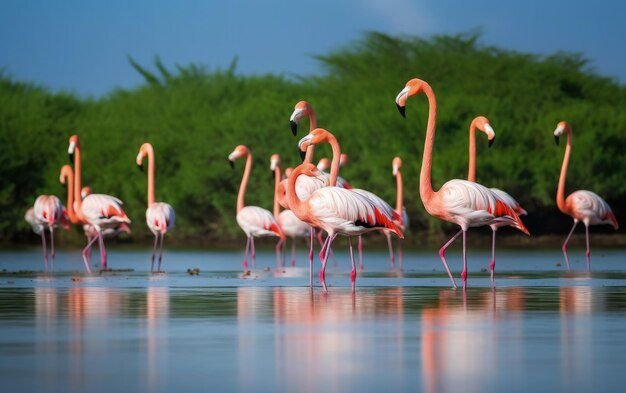
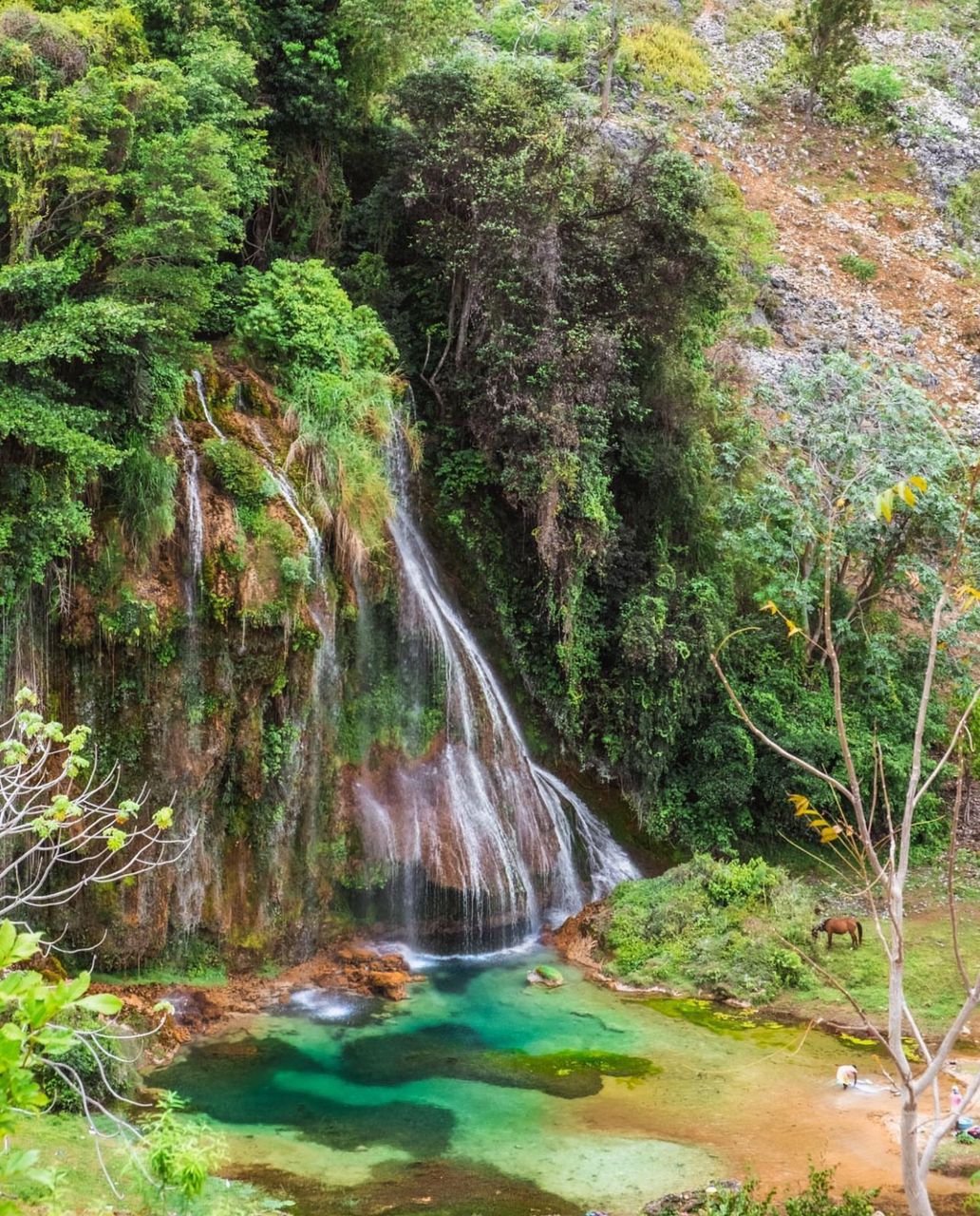
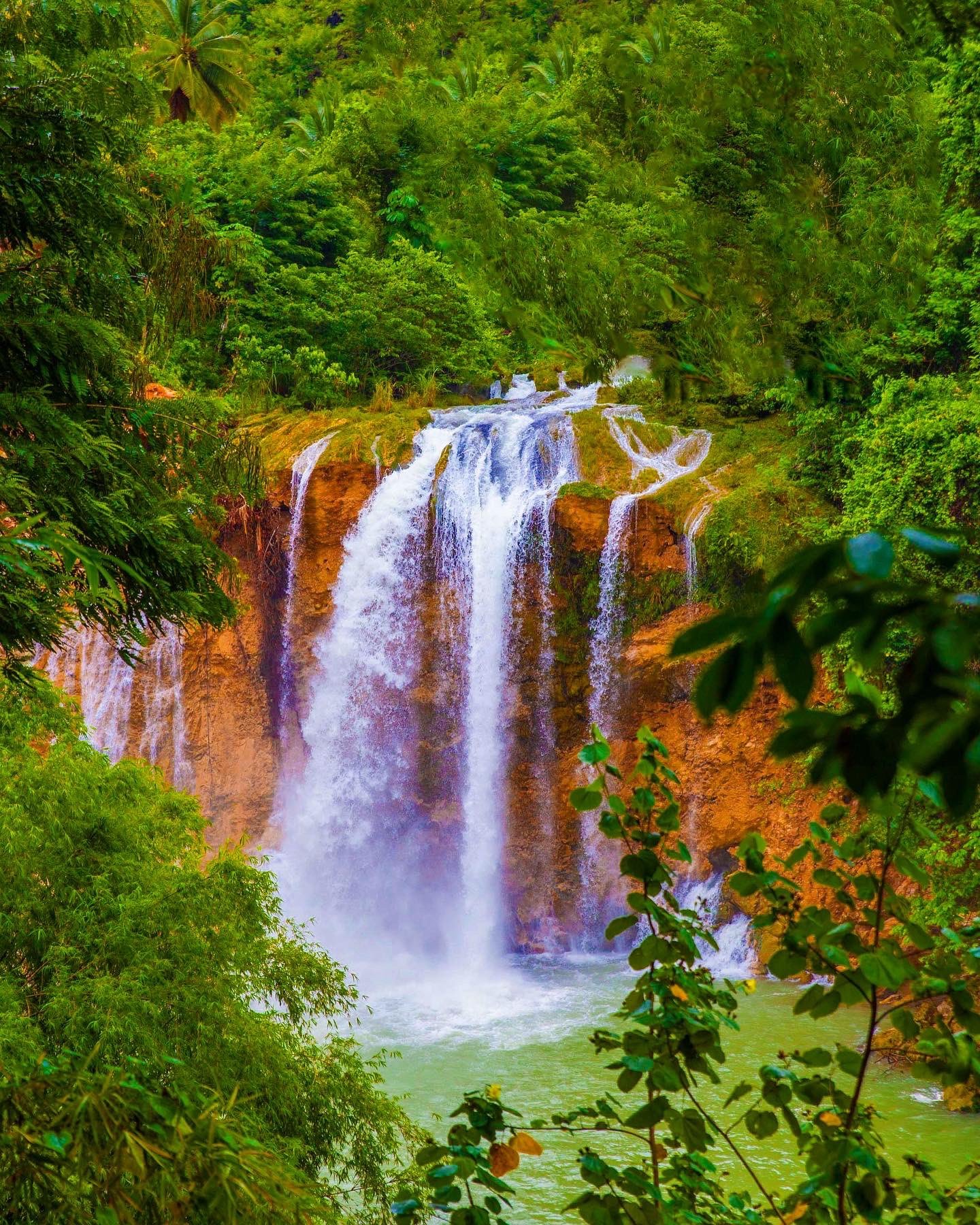

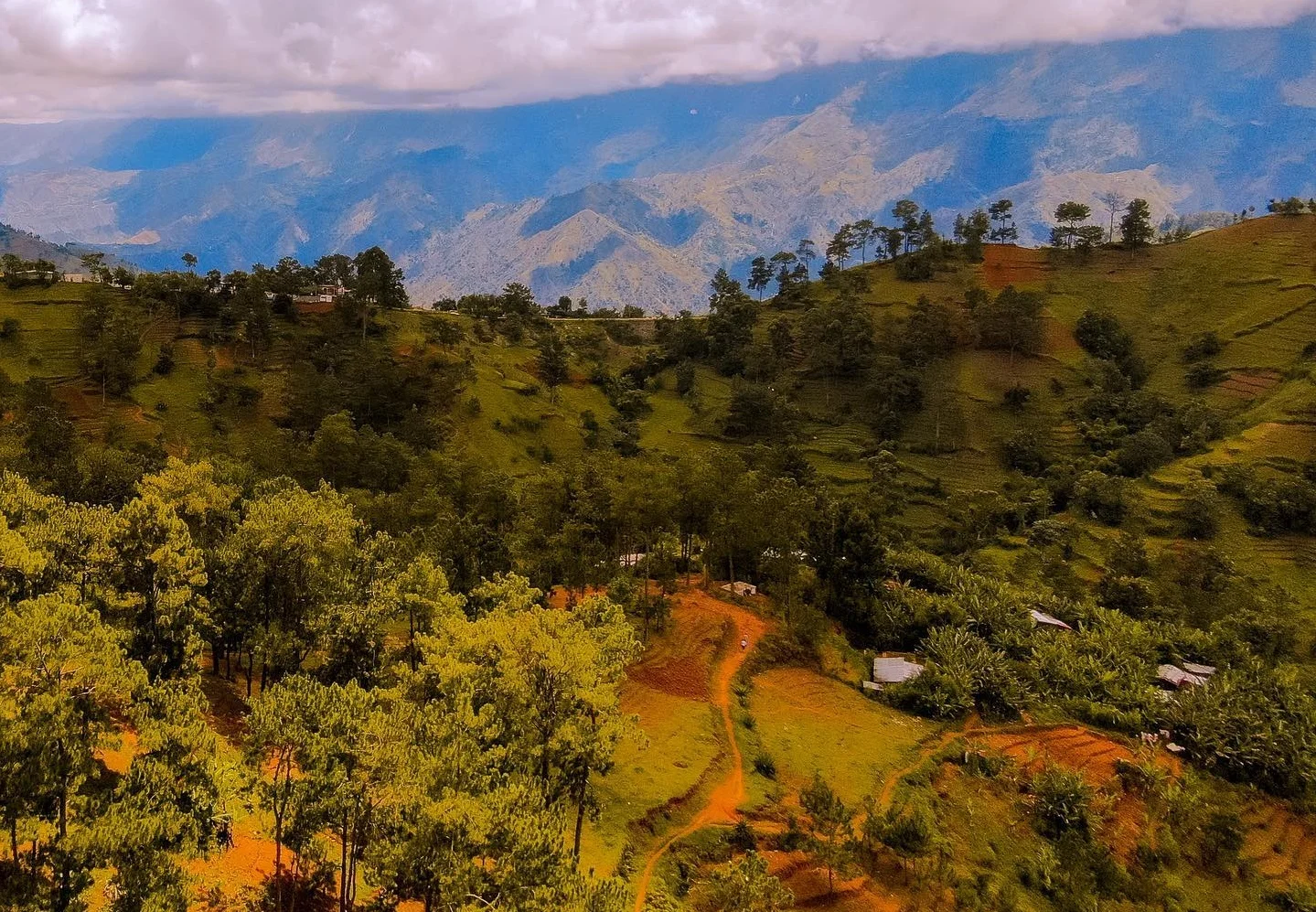

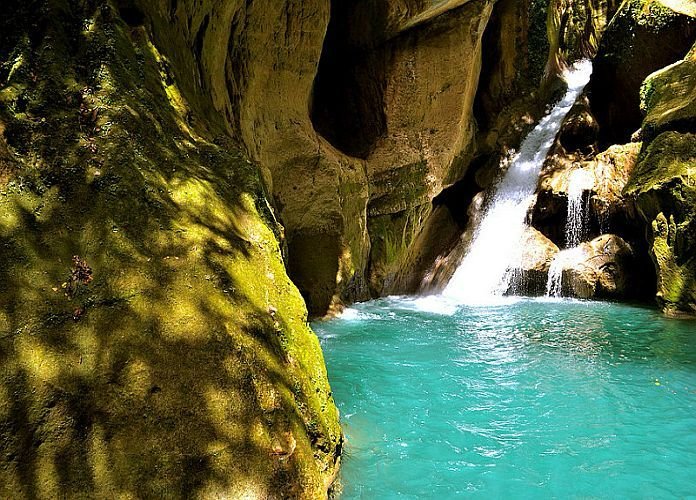
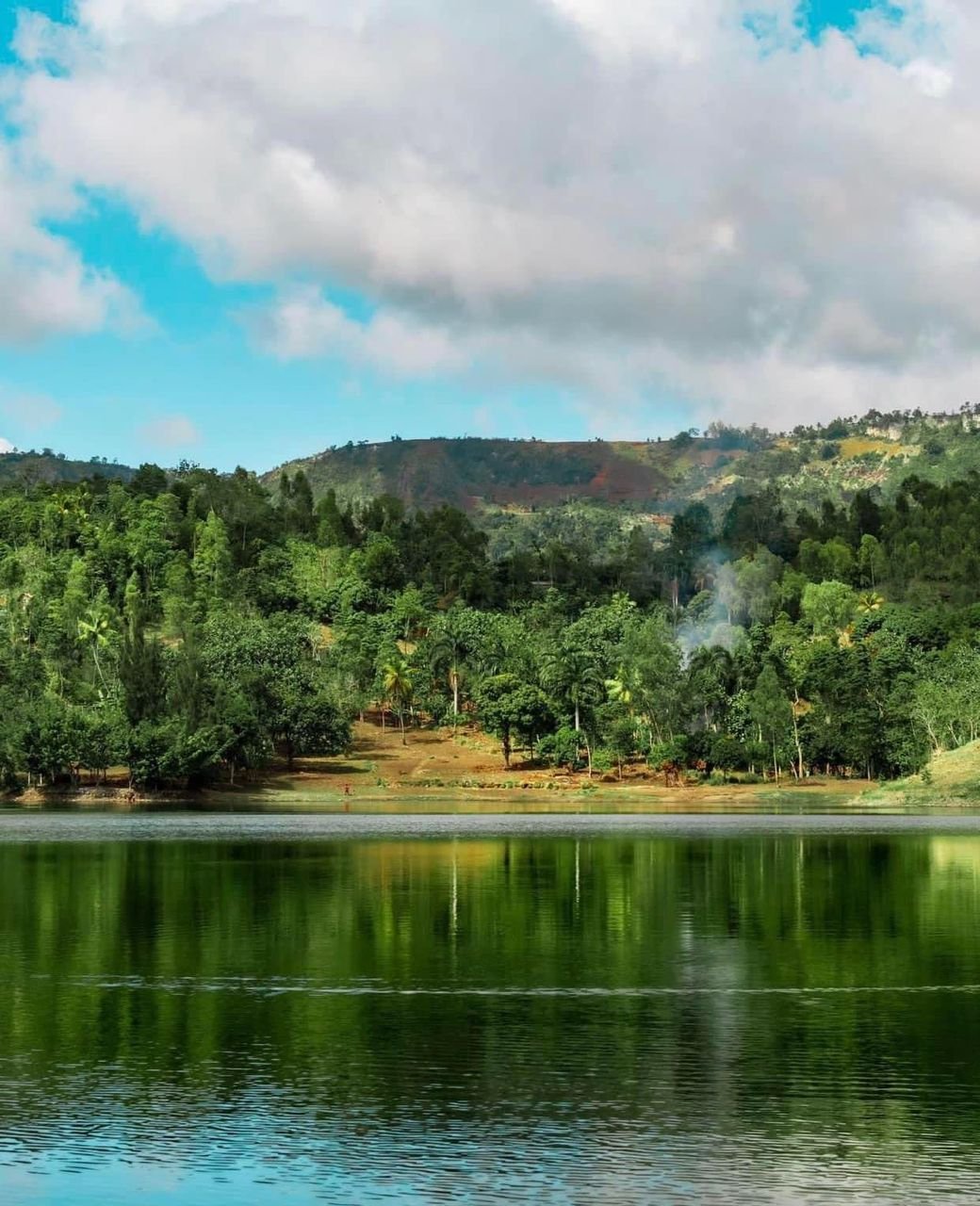




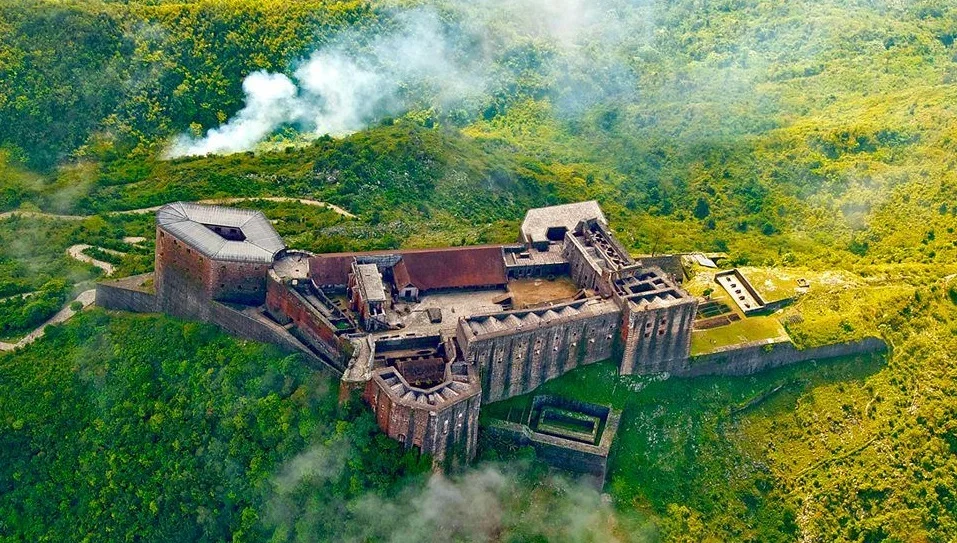

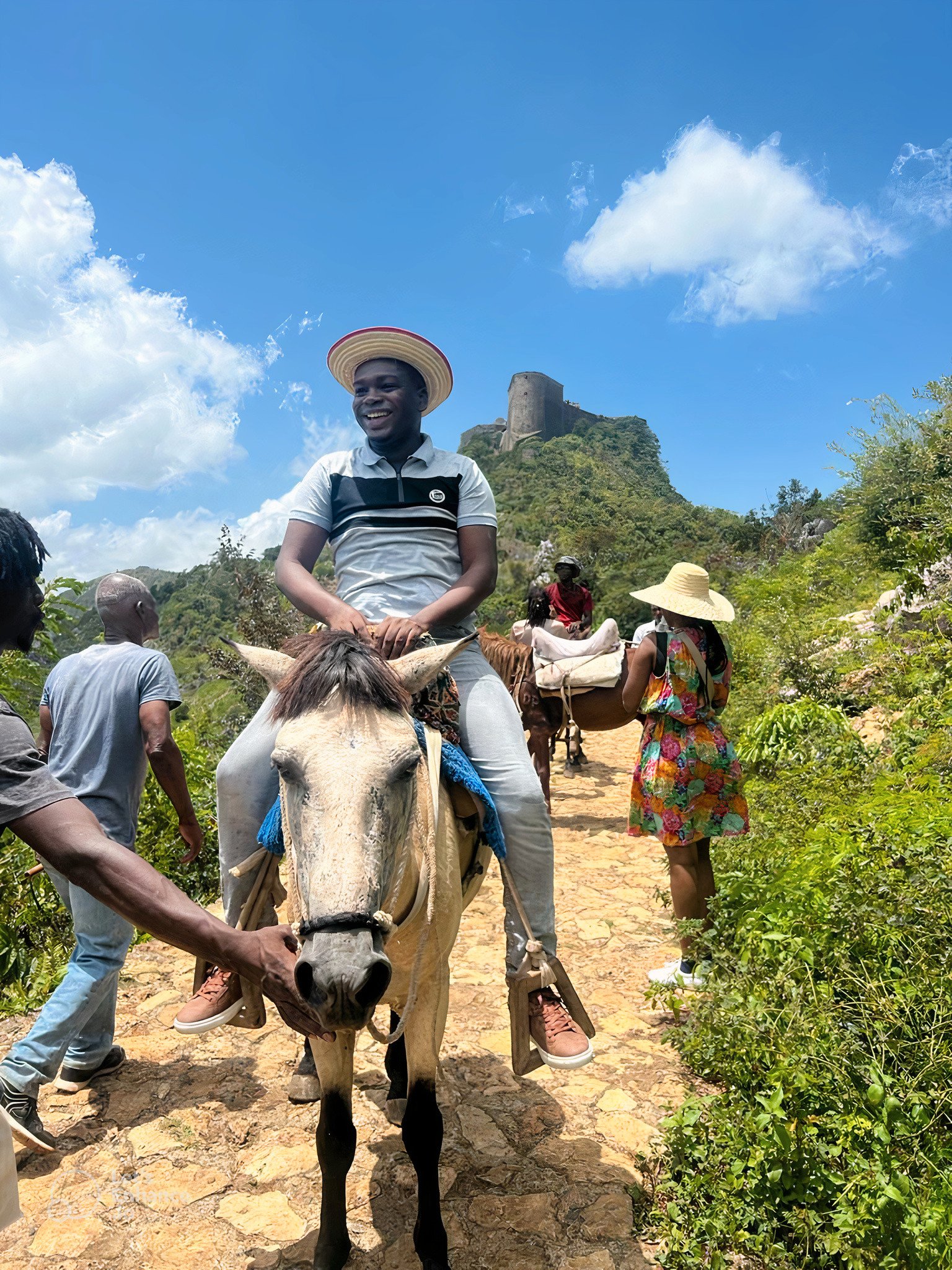



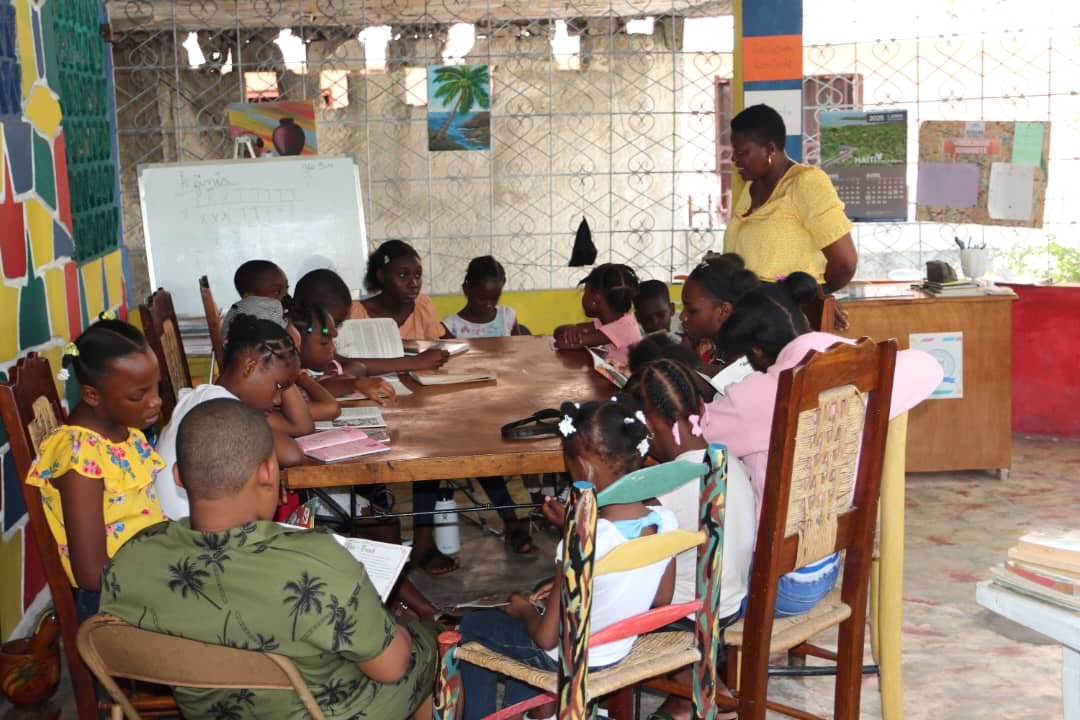
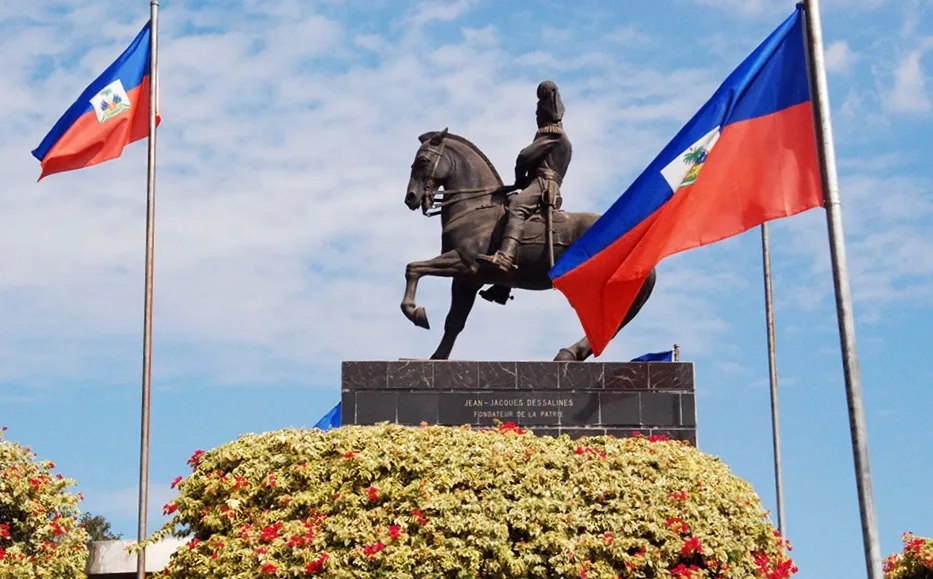
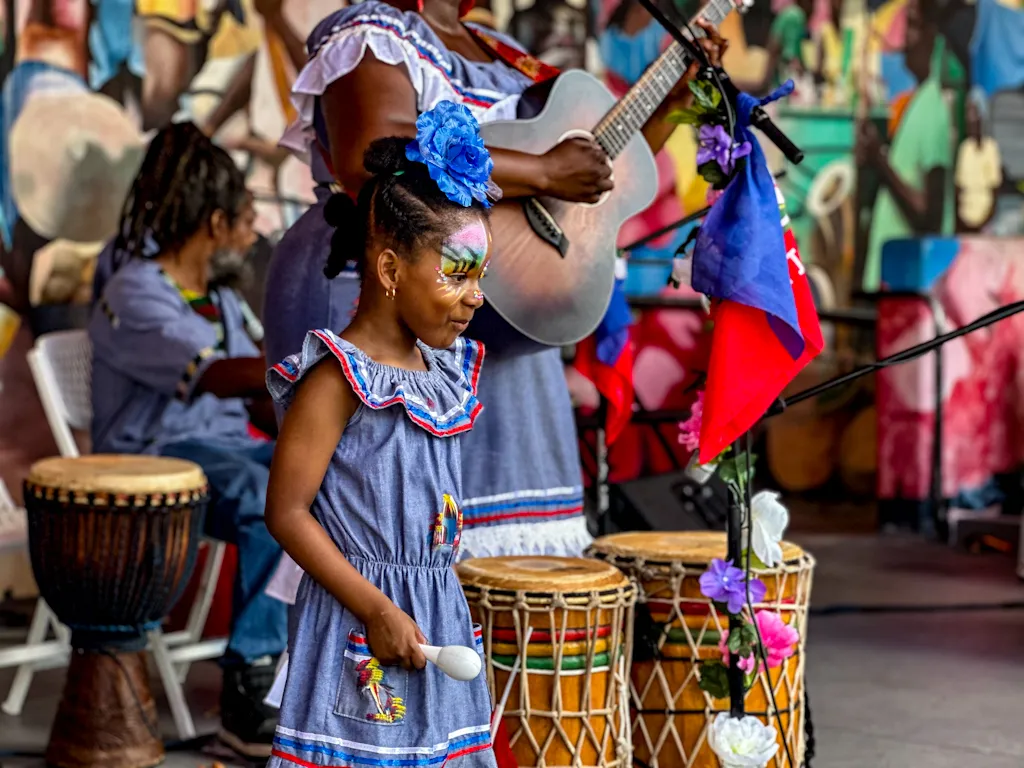


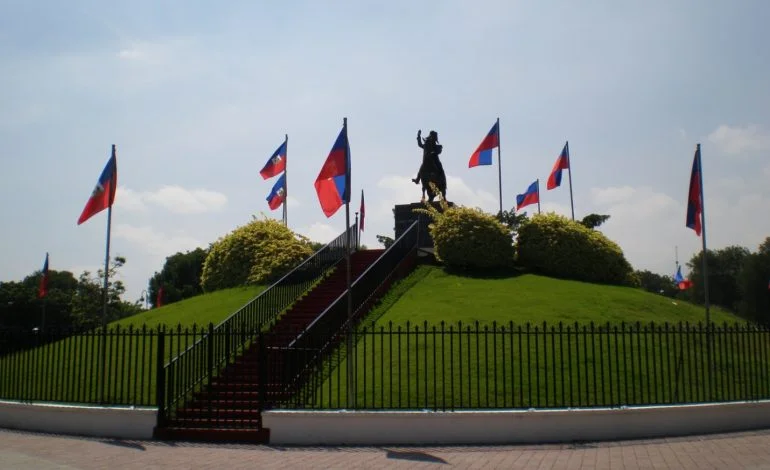
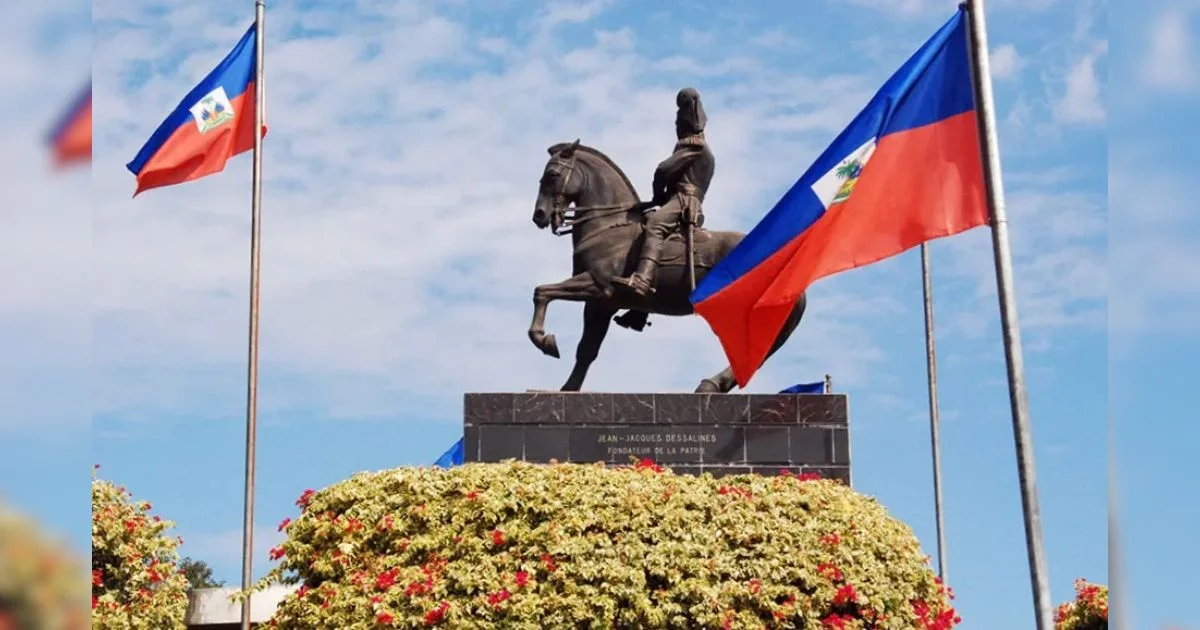

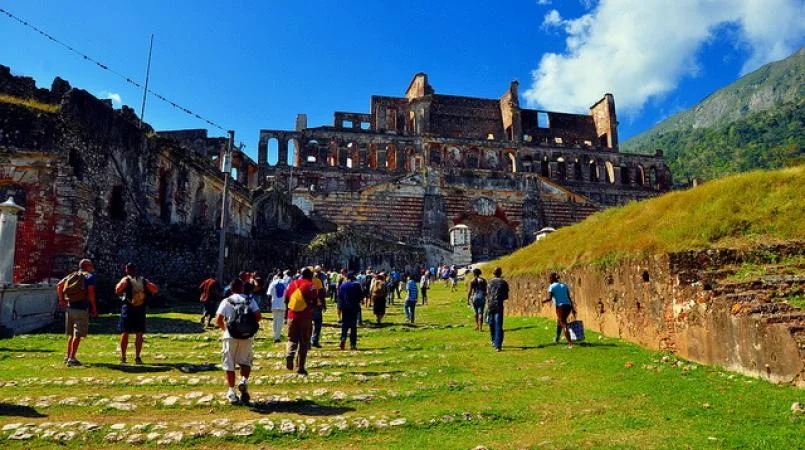





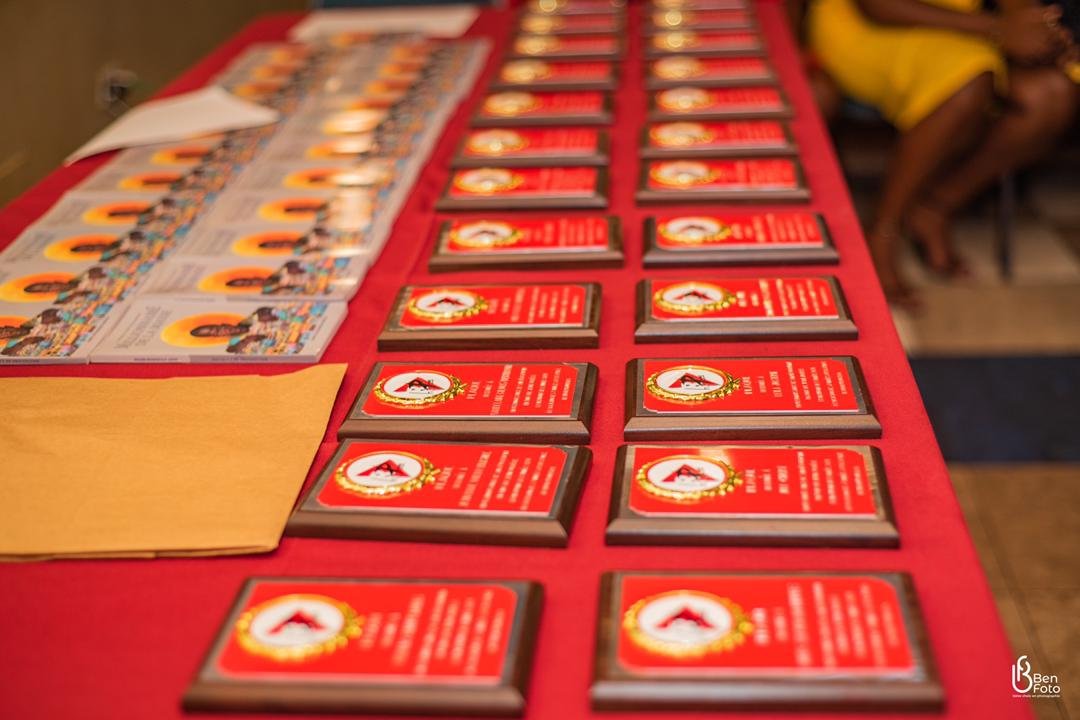



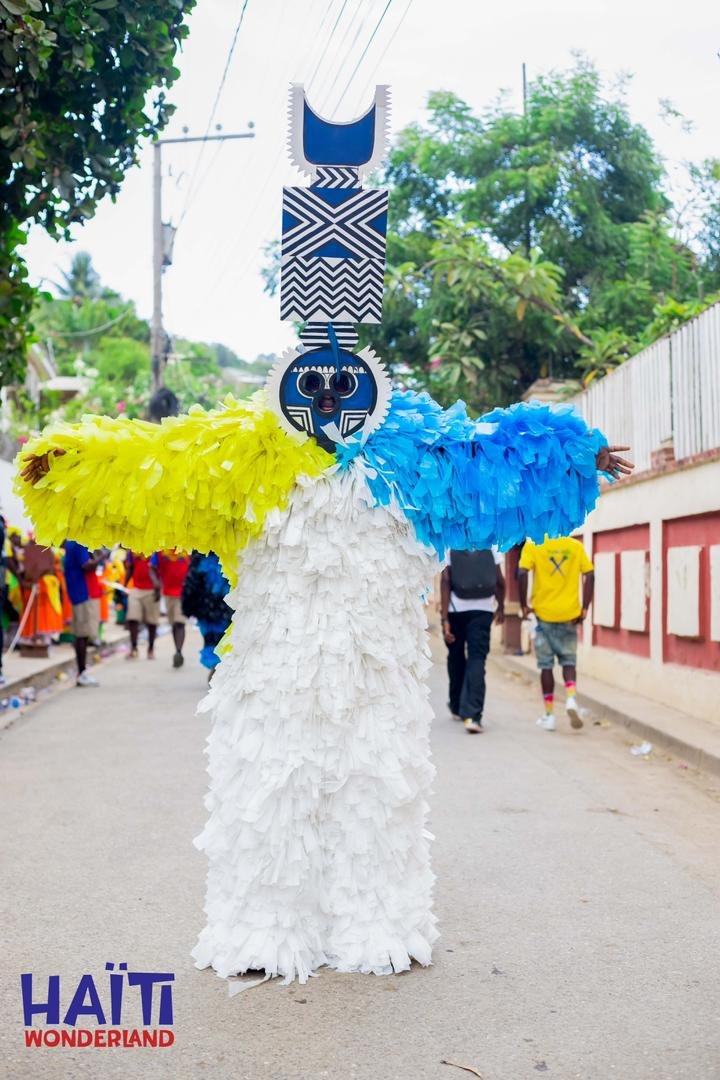






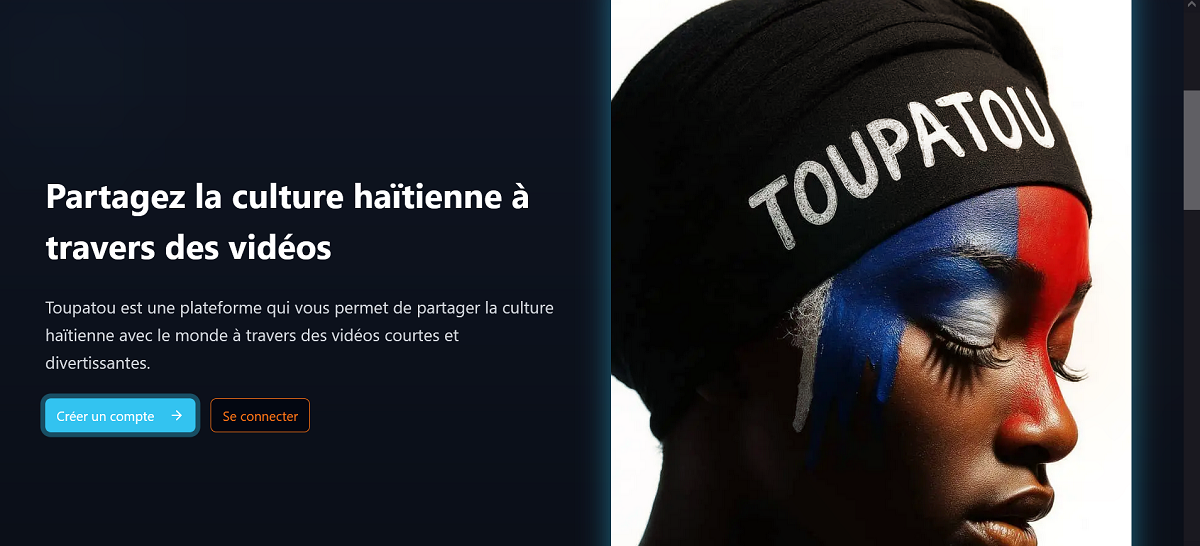


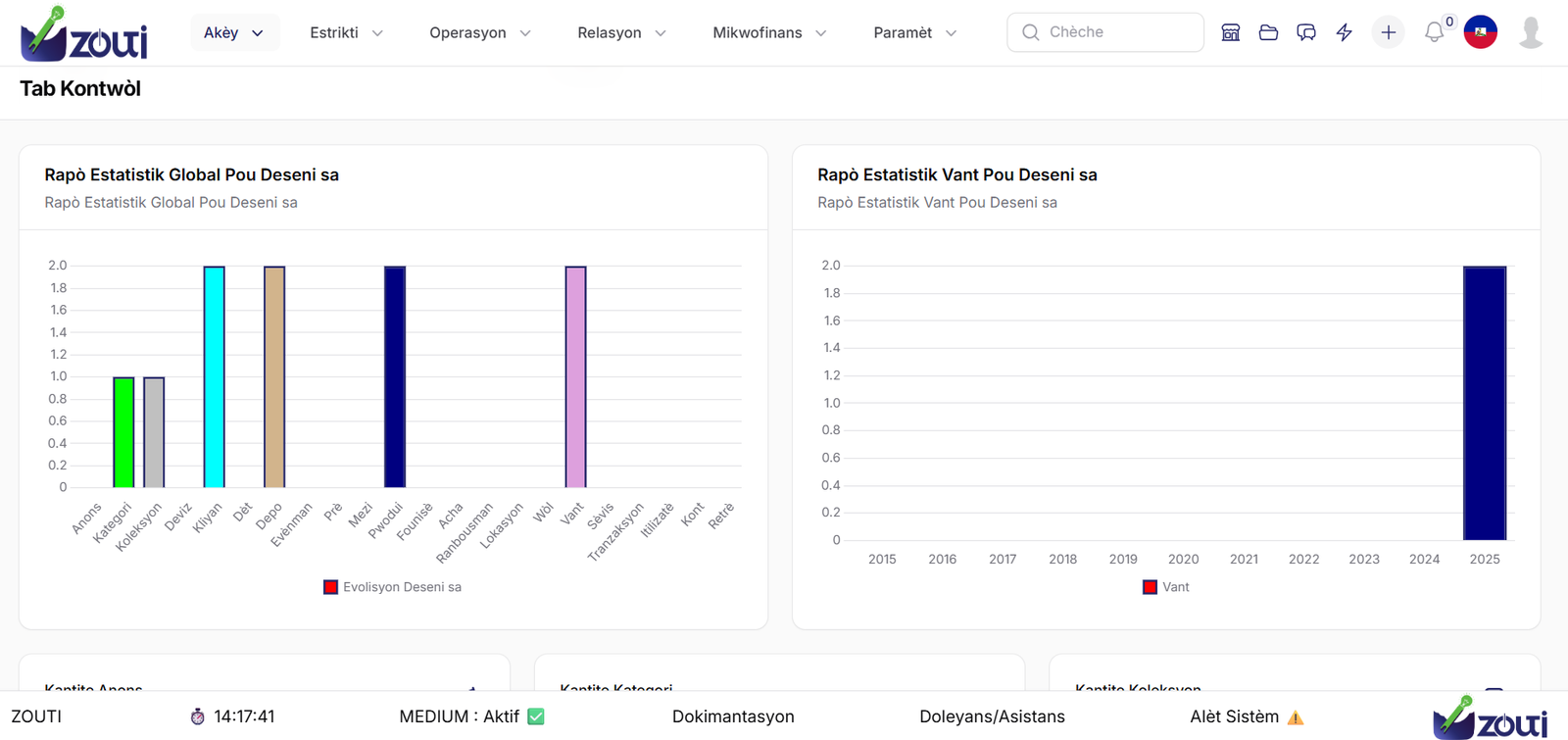


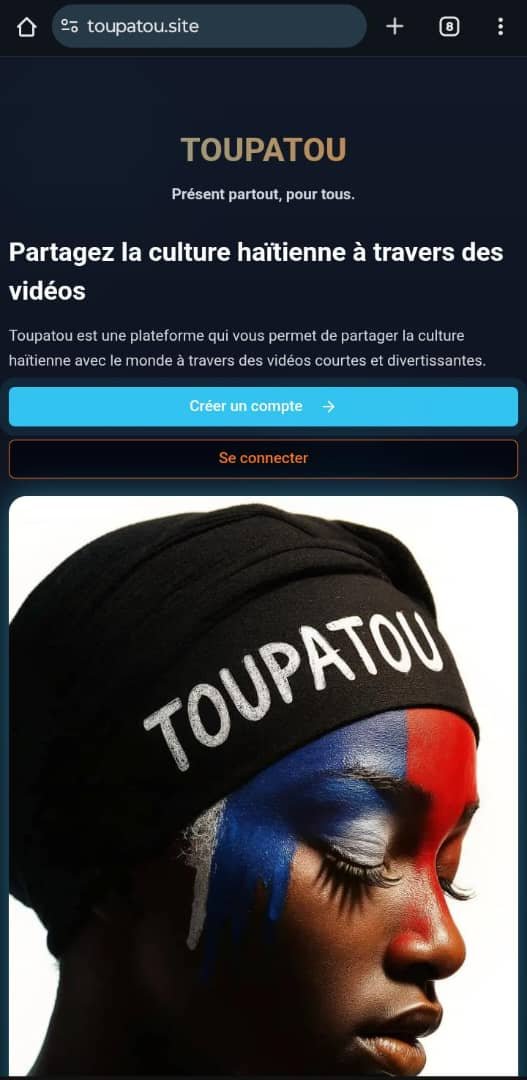






















Avance mon frère
March 19, 2024 - 07:53:39 AMFélicitations freo
C'est interesante les informations
November 09, 2025 - 09:42:44 AM